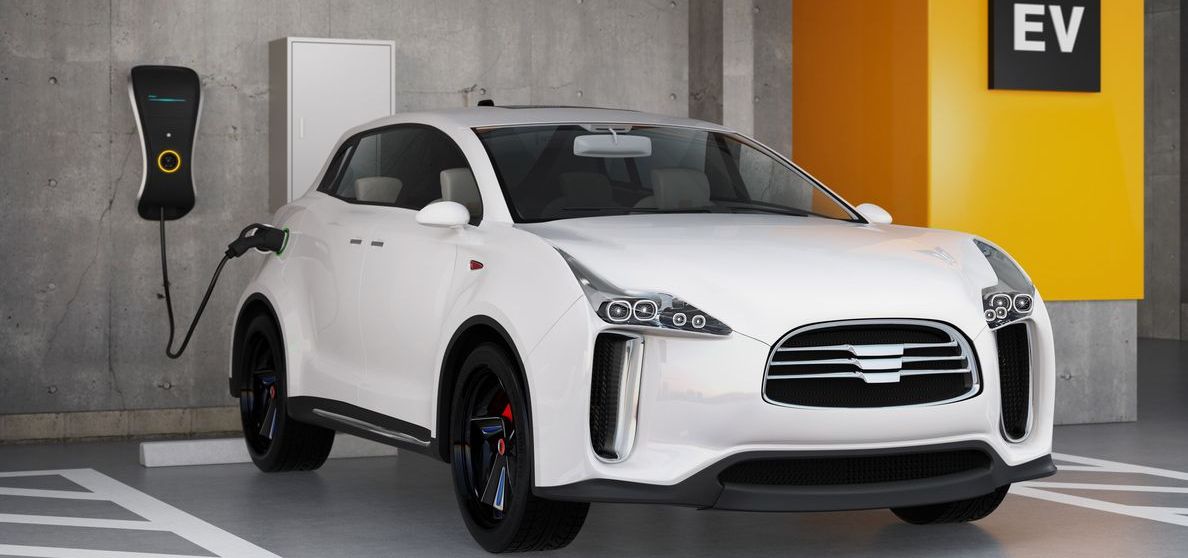2024/07/09
EU to Increase Import Tariffs on Chinese EVs to Prevent Spillover of Price Competition from China

On June 12, the EU announced a provisional measure to impose additional tariffs of up to 38.1% on imports of Chinese electric vehicles (EVs), in addition to the current 10%. This measure will be implemented from July 4, and tariff rates will be determined after further consultations. The scale of government subsidies and the willingness to cooperate in investigations are also questioned. Import tariffs on Chinese EVs have just been raised by the US from 25% to 100%, and the Chinese authorities are strongly opposed to this and do not even hesitate to take countermeasures.
China has already surpassed Japan to be the number one player in the global automobile export market. Of course, the core pillars are EVs. On the other hand, growth in the domestic market has been slowing due to the economic downturn and discontinuation of subsidies (at the end of 2022)1, and the gap between rapidly expanding production capacity and actual demand has been intensifying price competition. This year, even BYD, which takes the largest market share, and Tesla in the US were forced to lower their product prices. Emerging automobile manufacturers with weaker financial bases have been falling into the red one after another, and corporate restructurings and shakeouts are already occurring.
It is no wonder that Europe, which is wary of the influx of low-priced Chinese EVs outside the country, is feeling anxious. However, China, which has been encouraging the establishment of joint ventures with foreign firms to boost its automotive industry, has made an excellent decision to change the direction of its industrial policy to the next-generation market, namely EVs, to overcome the situation where it contented itself with playing the “production roles” of foreign companies. It would be difficult to say that the policy investment to foster the country’s own industry itself is “unreasonable.” Financial support for a specific industry is conducted everywhere to a greater or lesser extent, and it can be said that market development by offering subsidies is a straightforward strategy. The problem lies in this part, “to a greater or lesser extent.” In other words, the impact of the extraordinary “scale” is huge.
The battle between those Western countries and China over the higher tariffs on the Chinese EVs is now a new international political issue. However, China, accounting for around 60% of the global EV market, cannot be ignored by foreign firms, and they are on the side of “learning” when it particularly comes to EVs. Volkswagen has invested in a start-up EV manufacturer, Xpeng, to utilize the company’s IT technology to reduce development costs. Sterantis has established a joint venture with Leapmotor and will start selling Leapmotor-branded EVs in Europe this autumn, based in the Netherlands. On March 20, Xiaomi Automobile, a subsidiary of the consumer electronics company, Xiaomi, launched its first EVs. The price range of the EVs was around 5 million yen, and the initially launched 50,000 units were sold out within just 27 minutes after the launch. Only three years have passed since its corporate establishment, but the company’s cash and deposits already exceeded 2.8 trillion yen. They are the actual competitors for which Europe, the US, and Japan should watch out.
1: In April 2024, Chinese authorities resumed subsidies for purchases of new energy vehicles (NEVs) as part of their measures to stimulate domestic consumption, offering approximately 220,000 yen (10,000 yuan) for buyers who trade in older model cars for new ones.
This Week’s Focus, June 14, 2024
Takashi Mizukoshi, the President